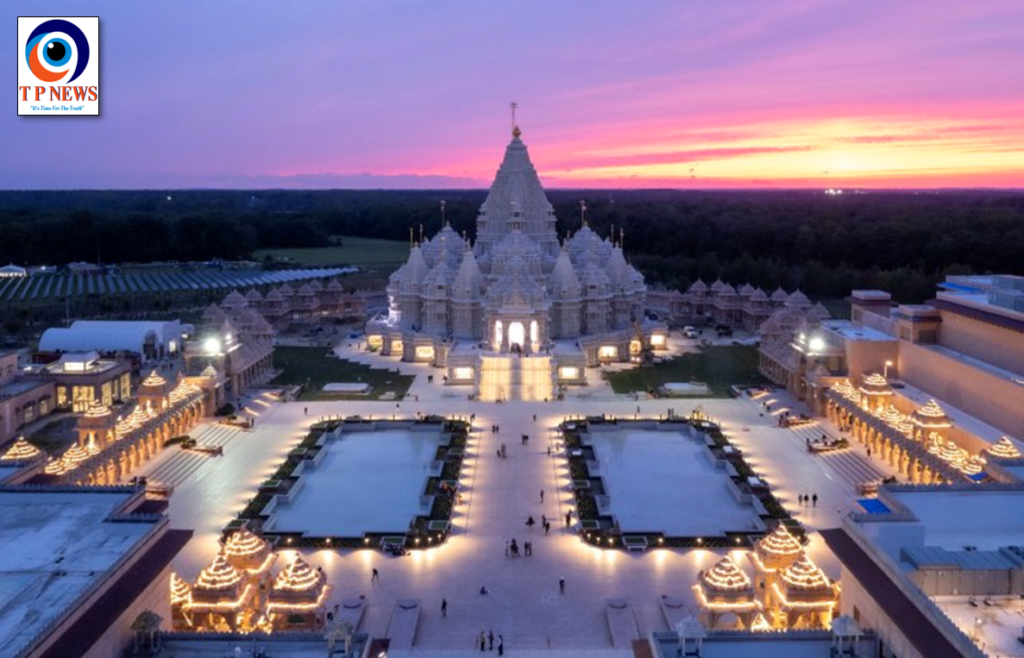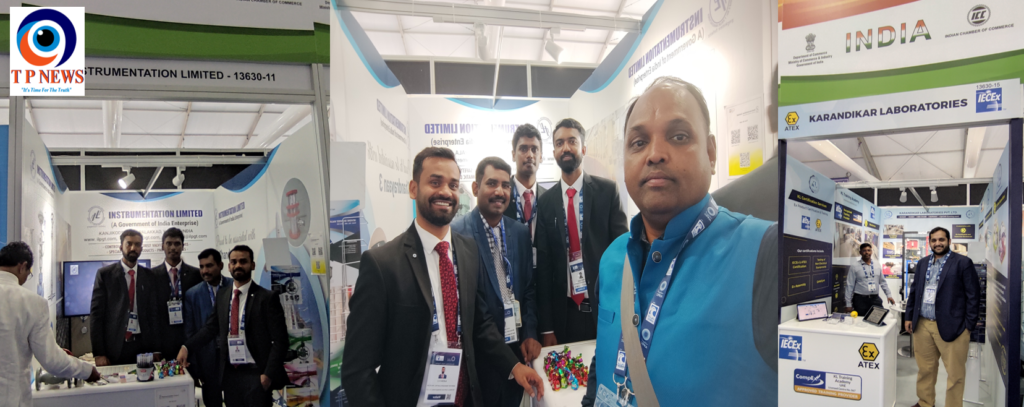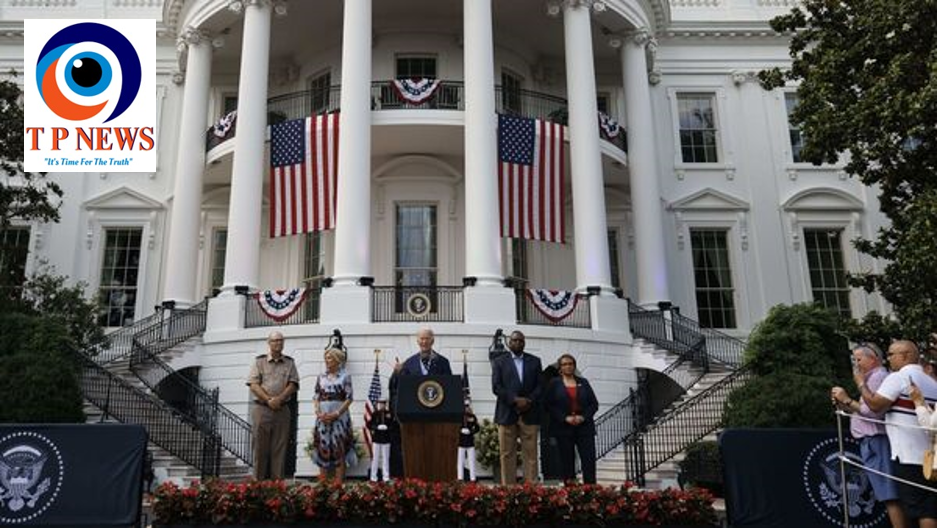In a startling revelation, Human Rights Watch has accused Israel of using white phosphorus during its military operations in Gaza and Lebanon, igniting fears for civilian safety. This highly incendiary substance, primarily intended for marking or signaling, has the potential to inflict severe burns on individuals and set ablaze structures and fields.
The use of white phosphorus in the densely populated area of Gaza has raised alarm bells, as it violates international humanitarian law by endangering civilians unnecessarily. This disturbing development came to light as Human Rights Watch analyzed verified videos from Lebanon and Gaza, captured on October 10 and 11, respectively, depicting multiple airbursts of artillery-fired white phosphorus over key locations. Two eyewitnesses in the region corroborated these claims.
Lama Fakih, the Middle East and North Africa director for Human Rights Watch, expressed grave concern over the situation. She stated, “Any time that white phosphorus is used in crowded civilian areas, it poses a high risk of excruciating burns and lifelong suffering. White phosphorus is unlawfully indiscriminate when airburst in populated urban areas, where it can burn down houses and cause egregious harm to civilians.”
In response to these allegations, the Israeli military claimed to be unaware of the use of white phosphorus in Gaza. However, no official comment was provided regarding the accusations related to Lebanon. It’s worth noting that in 2013, the Israeli military had announced the phasing out of white phosphorus smokescreen munitions, which were controversially used during the 2008-2009 offensive in Gaza, drawing war crimes allegations from various human rights groups.
The current turmoil in the region stems from a retaliatory airstrike campaign by Israel in response to an attack by the militant group Hamas on southern Israeli towns on October 7. The ongoing conflict has taken a devastating toll, resulting in over 2,800 casualties on both sides.
In a bid to ensure civilian safety, the Israeli military issued an urgent call on Friday for the evacuation of more than one million residents of Gaza City within 24 hours. This appeal came as the military mobilized tanks in anticipation of a potential ground invasion. The military’s message urged citizens to move south to distance themselves from Hamas terrorists, who, they claim, are using civilians as human shields.
The use of white phosphorus in such densely populated areas and the escalating tensions in the region demand immediate international attention and scrutiny, as the world watches in concern for the well-being of the civilians caught in the crossfire.

























